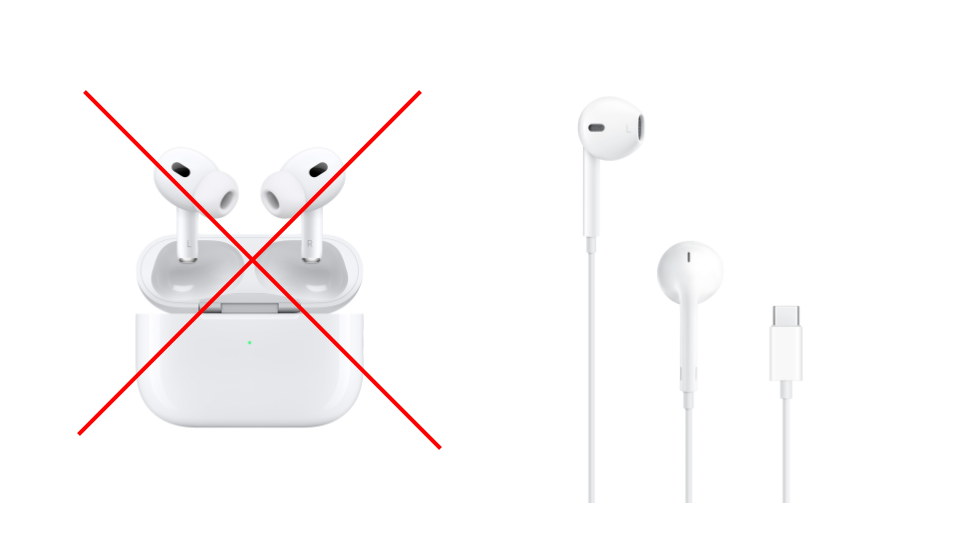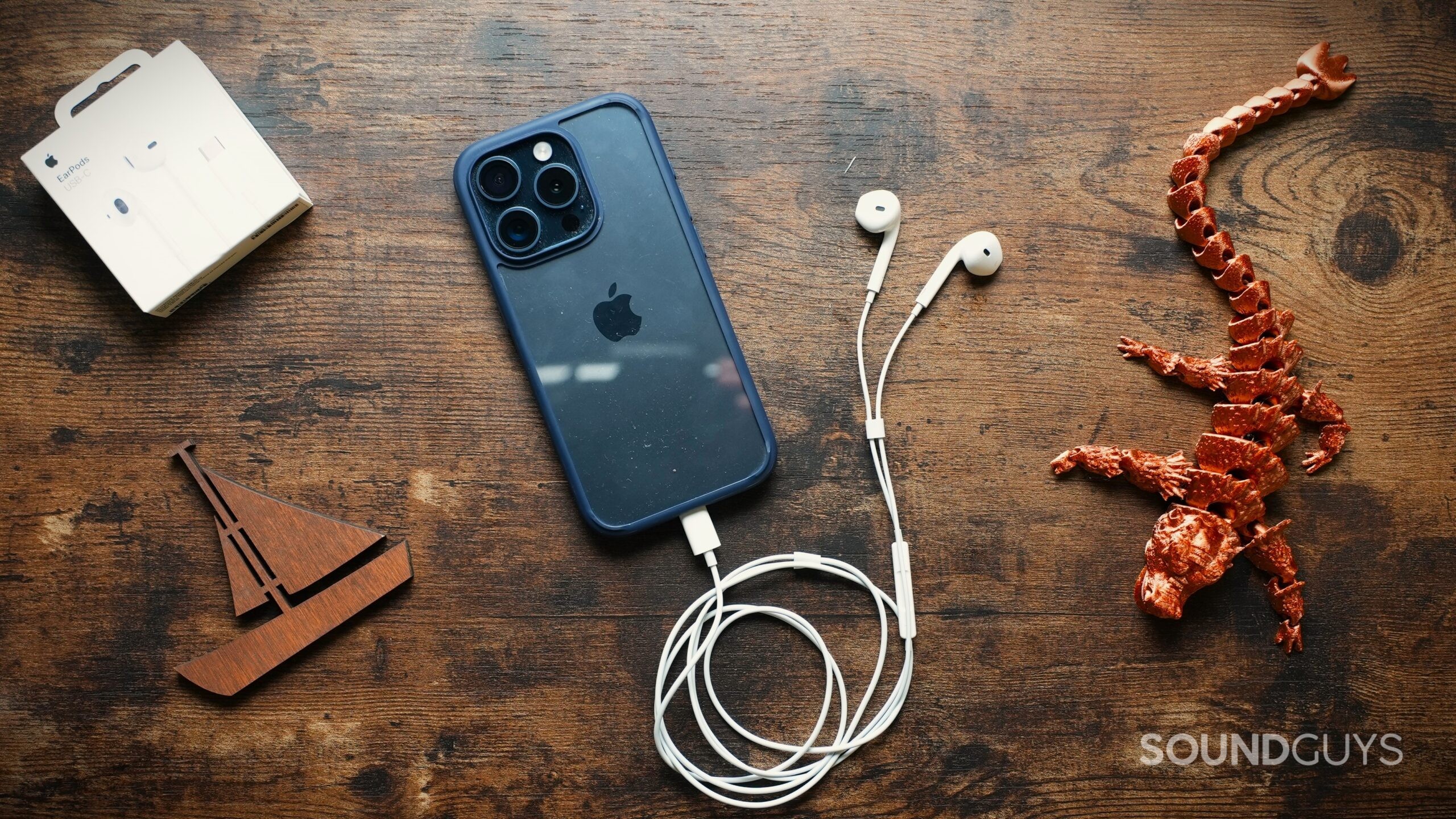Ugh, stop using AirPods

This is a PSA I've been holding onto for 4 years, since the pandemic pushed everyone to teleconferencing:
You should stop using AirPods for taking Zoom/phone calls.
It doesn't matter if you dished out $600 for an AirPod Max – it might feel like a Michelin-star dish on your ears, but it will sound like dog food on the other end of the call.
It is surprising how few people realize this, and how few people have actually tested their own mic. It feels like either only content creators know this because they've had to record voiceovers for their videos, or everyone is selfishly okay with giving everyone else a shitty conferencing experience.
Instead of wireless, you should either use your device's onboard mic, or use a wired earbud with a mic, namely the Apple Earpods are really, really good for being $20.
Listen to the samples below from when I was on the streets of NYC, recorded in the same place. This is the most drastic difference you will hear, but it's the difference between a $20 mic (better) and a $200 mic (worse):
But not all wired mics are the same! Listen to this wired USB-C mic from Belkin Soundform ($20), which sounds like decent but really low mic sensitivity. Compare that to another mic, from my JBL Quantum 300 ($50) which I use at work; it lacks a lot of dynamic range but it isolates the vocal frequency pretty well.
Below are more Bluetooth samples: AirPod Pro ($250), Nothing Ear ($150), Shokz OpenRun Pro ($180), and also the onboard mic with the iPhone 15 Pro as a "positive" control. Environmental noise is around 65-70 dB.
What about the Macbook Air onboard mic as the input? Again, these are much better than a wireless mic, but it sounds more sensitive to the ambient reverberations. You can hear the difference in the "echo" between having the laptop on the table versus in my lap. Ambient noise is 40 dB.
Why does Bluetooth sound so bad?
In a nutshell, Bluetooth has a fundamental limitation in bandwidth.
Bluetooth is like a really narrow 2-lane highway, constructed on minimal resources (because it needs to balance energy consumption). If you're just listening to music and not using the mic, Bluetooth automatically uses both lanes of the highway to go in one direction, ~256-320 kbps.
But as soon you're taking a call, now you have to split the highway to allow for bidirectional audio, and your mic audio takes the brunt of it, dropping that bitrate to a disgusting phone-quality audio, ~64 kbps. For the nerds, this switches BT profiles from A2DP (advanced audio distribution) to HSP (handset).
If I had to extend the 2-lane highway analogy, by scale, the bandwidth of a wired earbud is like a 20-lane freeway, ~256 kbps vs. 2.3 Mbps theoretical max.
Bluetooth is a compromise technology, balancing all of these trade-offs:
- It has to be low energy, because wireless communication is inherently more power hungry than wired, and it has to solve for the battery life dilemma
- It has to be low latency to deliver a smooth user experience for conversations
- It has to be robust and reliable in a noisy radio environment with interfering signals (yt: How does Bluetooth even exist?!)
The humble wired connection makes none of these trade offs.
Do something about it
If I were on the phone with you, this is a list of what I would want you to use, in order by preference:
- Apple Earpods, or some wired mic that you have CONFIRMED to be good (I'd love to know what other good options you've tested).
- Onboard mic (phone or laptop). This is not hard. Whenever I take a phone call, I hold the phone up to my ear like they did 20 years ago (gasp). On Zoom, if you insist on using your AirPods for listening, you're better off using your AirPods as your "speaker" and your laptop as your "microphone."
- The last option you should even consider is the wireless earbud. In fact, I'd prefer you reschedule to another time when you can be on speaker or hold your phone to your ears.
I hope these audio samples convinced you!

P.S. Apparently, Everything Millennial is cool again (NYT), including wired headphones.
P.P.S.

@westleydang Newsletter
Join the newsletter to receive the latest updates in your inbox.



